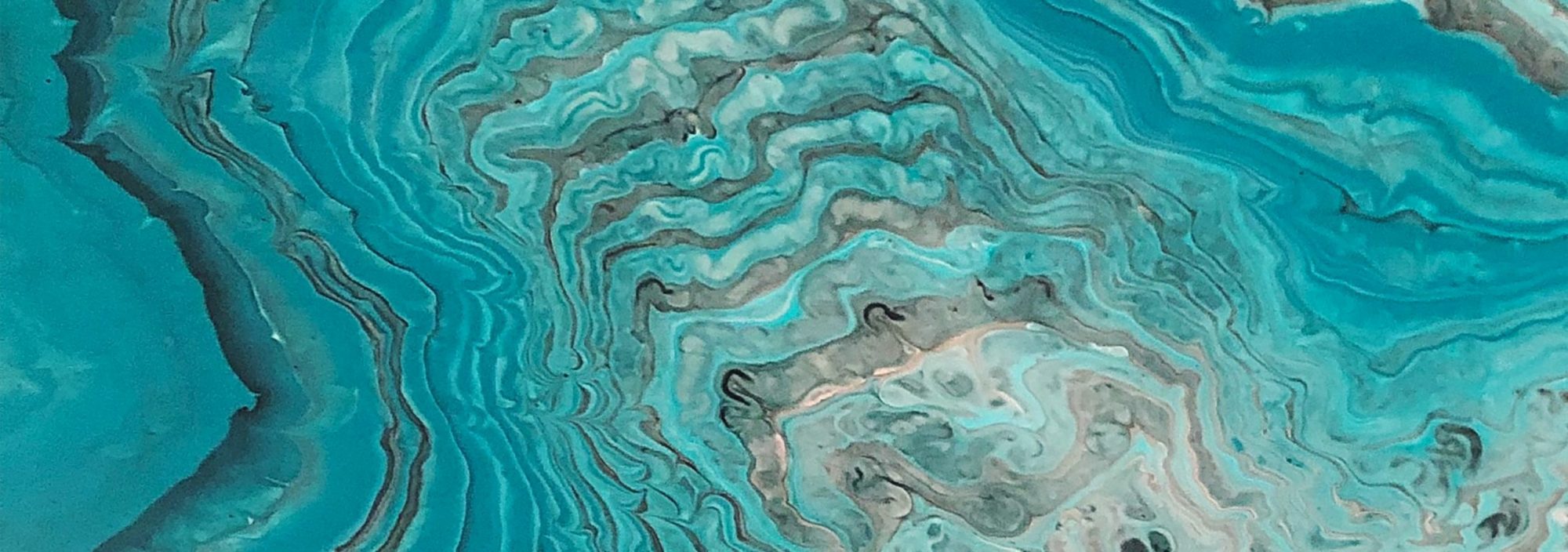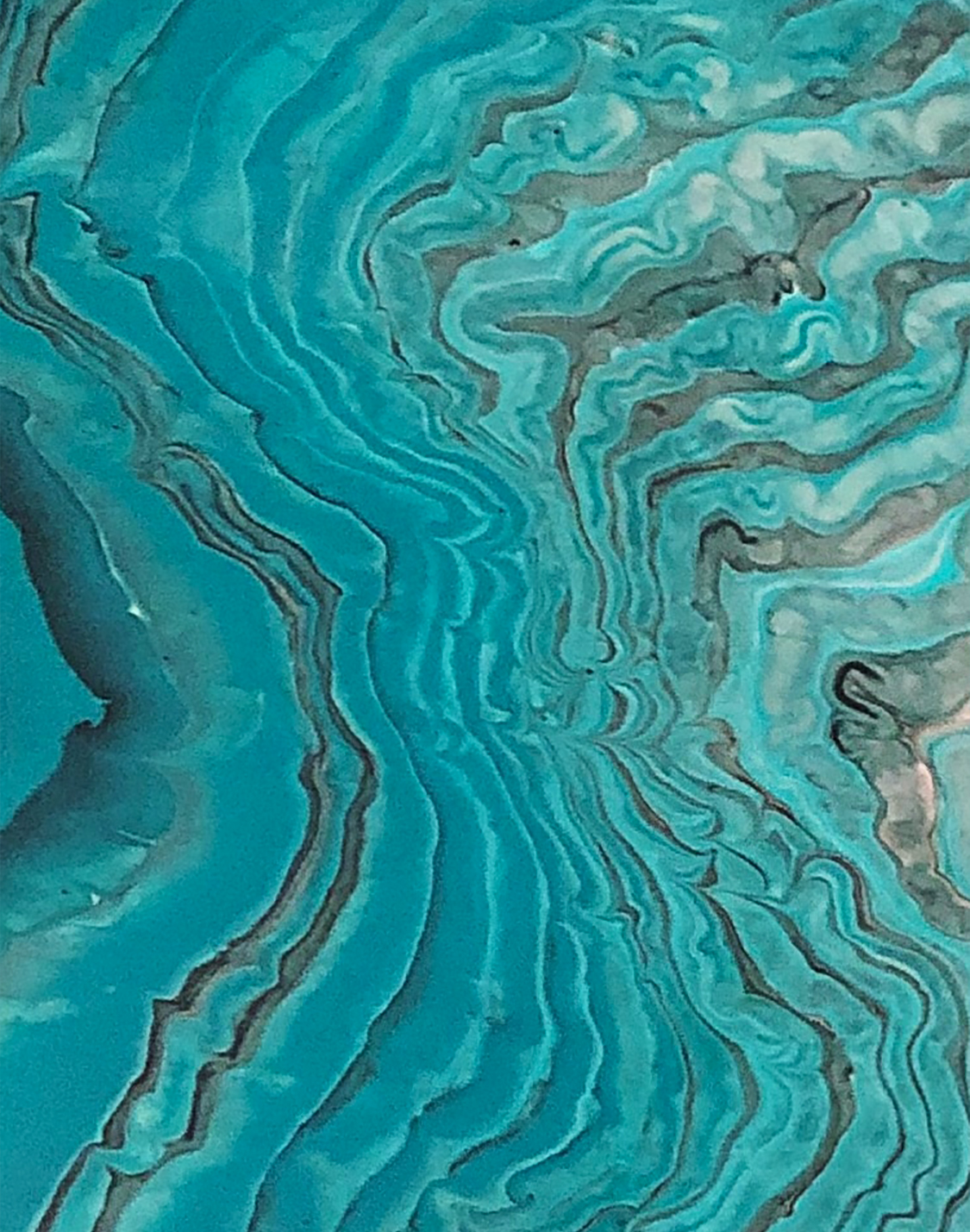

How a potent blend of marine compounds makes DunaPure™ the best bet for a blemish-free complexion
January 8, 2025
To ensure DunaPure™ is both gentle and highly effective, the Microphyt team honed in on a particular species of microalgae that grows in the harsh artic waters off the Norwegian coast.
Why was this particular type of microalgae chosen? Simply because it results in a natural extract demonstrating powerful protective and regenerative properties. This means that, while being kind to the skin, it also lends DunaPure™ unapparelled claims to help consumers achieve a clearer, smoother complexion.
The marine microalgae that powers DunaPure™ is known as Dunaliella tertiolecta (D. tertiolecta). It isa halophilic species that has incredible adaptability, enabling it to thrive in a wide range of conditions found in both fresh and sea waters. The adaptability of this remarkable organism stems from a combination of salt tolerance, membrane permeability, osmotic regulation and photomovement capabilities.
These properties also spell an enhanced ability to photosynthesize carotenes, resulting in the production of high amounts of pro-vitamin A carotenes, as well as lutein and sterol compounds that include ergosterol and 7-dehydroporifeasterol. These metabolites participate directly in the homeostasis of the microalgae and allow its survival despite external stresses, by shaping its membrane and buffering oxidative stress.
DunaPure™ derives its skin-enhancing properties from an extensive development process that has led to a unique extract combining the benefits of these molecules.
The harsh arctic climate spells greater efficacy
The D. tertiolecta strain chosen by the Microphyt team was isolated from a Norwegian fjord. In these unrelenting waters a phenomenon called thermohaline circulation takes place. This happens when the Gulf Stream brings warm high-salinity waters into the far cooler Norwegian Sea. The subsequent cooling of the surface water raises the salinity and density all the more.
These conditions mean that organisms must adapt protective mechanisms in order to thrive in the rapidly changing conditions, imbuing D. tertiolecta with enhanced levels of two key compounds: phycosterols and the carotenoid, lutein.
The action of phycosterols and lutein on the skin
Phycosterols are phytosterols synthesized by microalgae and have a huge diversity of structures, including the more unusual 7-dehydroporyferasterol, which is the dominant phycosterol in DunaPure™. Phycosterols help the microalgae to modulate the fluidity of cell membranes, ultimately creating broader biological activities.
When it comes to skin care, phycosterols provide protective properties because they are precursors of previtamin D, which is then converted to vitamin D when exposed to UV rays. This process serves to protect the skin against oxidative stress while also inducing an antimicrobial peptide that means yet another level of protection.
Lutein provides crucial antioxidant properties that are derived through the capturing of ROS and help to restore skin balance, which ultimately soothes the inflammation that can be a precursor to skin imperfections.
The phycosterols and lutein molecules combine to provide outstanding regenerative properties, encouraging matrix remodeling that promotes skin regeneration through increased collagen and elastin synthesis.
Building on this, the Microphyt team sought to optimize and control the industrial cultivation of D. tertiolecta in a way that maximizes the synthesis of both phycosterols and lutein. This process happens at Microphyt’s production facility in the South of France, where it has developed a first of its kind hydro-biomimetic photobioreactor process to grow the microalgae by replicating natural living conditions.
Thanks to a pre-clinical and double-blind clinical study against a placebo, DunaPure™ has been scientifically proven to have a gentle 3-in-1 affect that purifies, soothes and regenerates the skin, resulting in a clearer, healthier complexion with fewer imperfections and a lower likelihood of adverse reactions.





